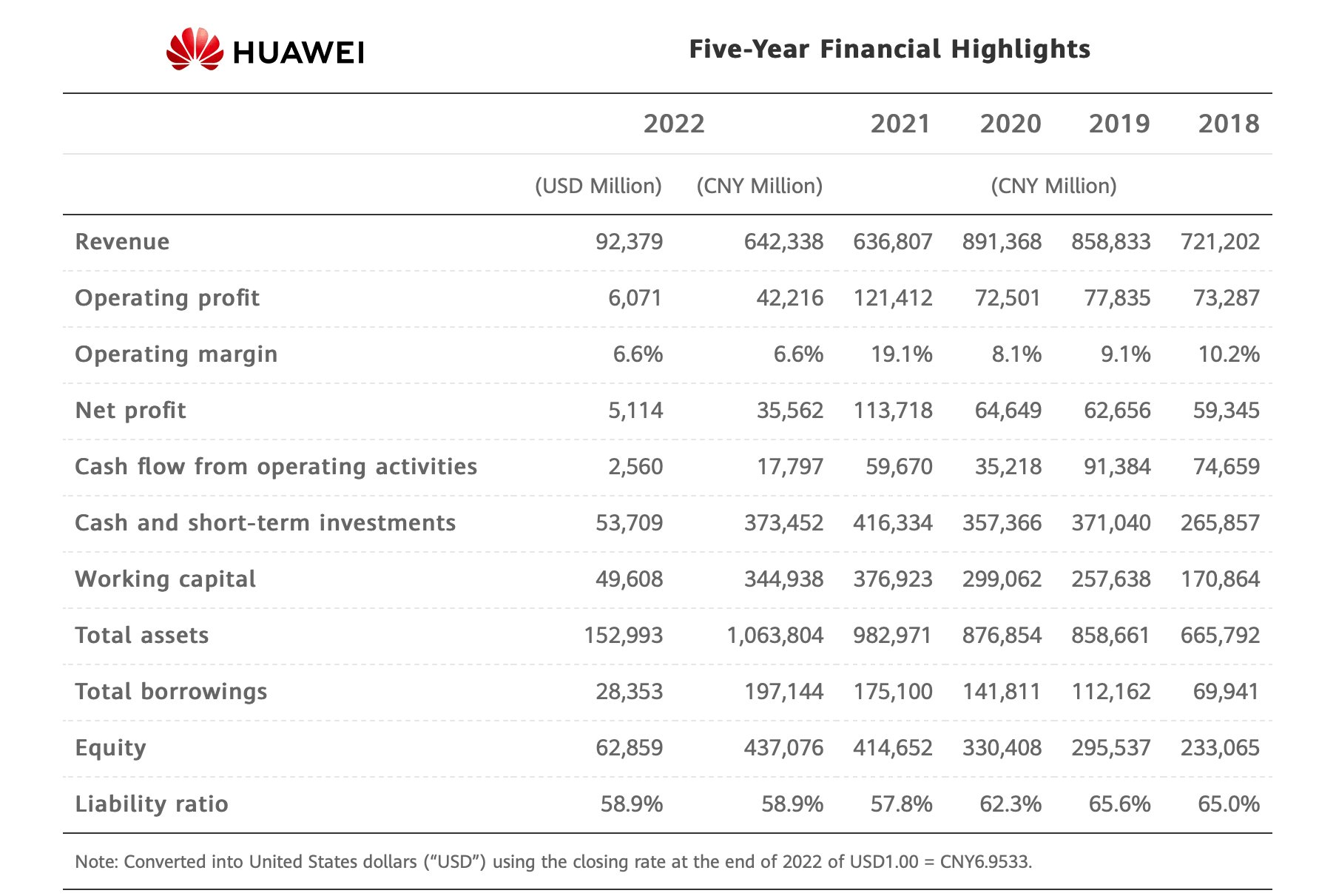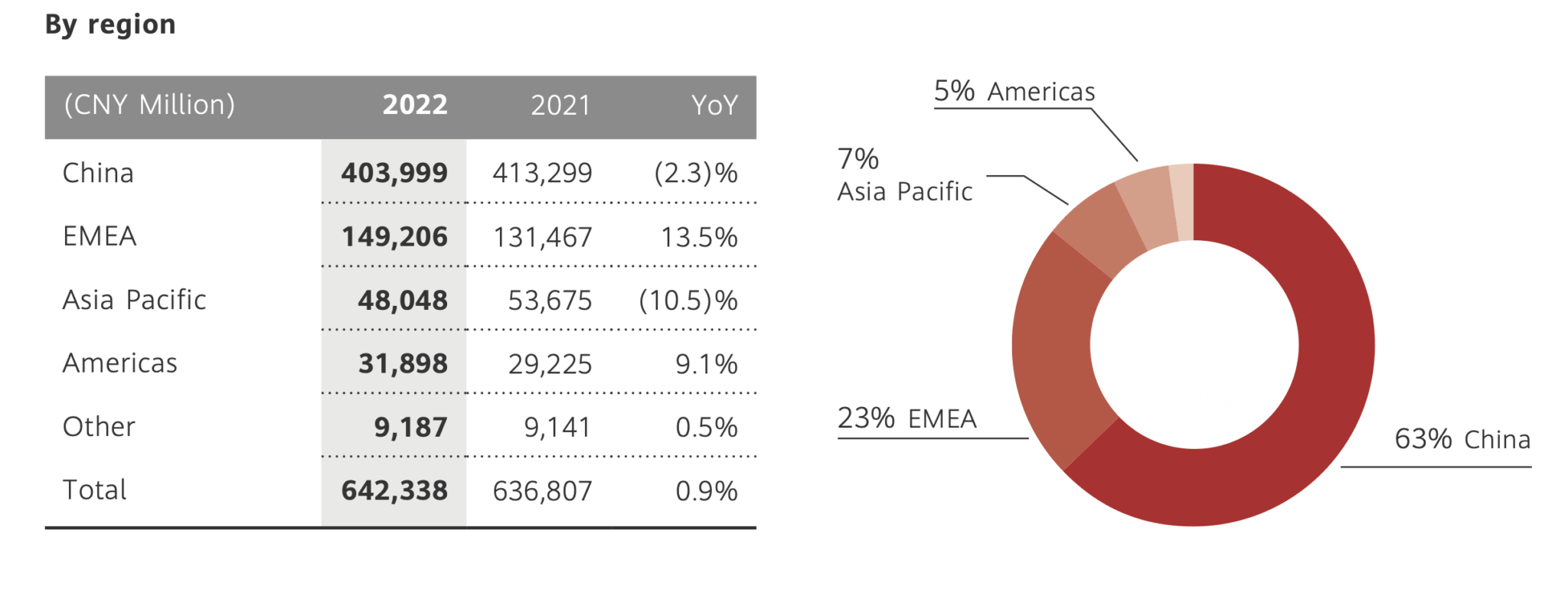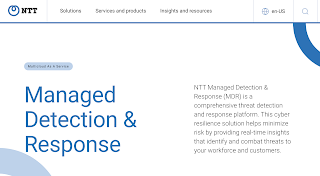After receiving final regulatory approval, Rogers Communications and Shaw Communications now expect to close their historic merger prior to the outside date of April 7, 202.
The deal, which was first announced in March 2021, is trasformative for Canada's communications market and builds on the legacies of JR Shaw and Ted Rogers, two of Canada’s most successful entrepreneurs.Rogers will pay approximately CAD$26 billion to acquire all of the shares of Shaw. The companies will also divest Shaw's Freedom Mobile to Videotron, a unit of Quebecor, for $2.85 billion.
“We are very pleased to move forward with this transformative merger and proudly deliver on our commitments to enhance and expand network coverage, connect underserved communities, and improve access for low-income Canadians,” said Tony Staffieri, President and CEO, Rogers. “Building on a shared legacy with Shaw, we will invest substantially to bring more choice, more value, and more connectivity to Canadians across the country.”
“Today begins an exciting new chapter for the future of connectivity in Canada,” said Brad Shaw, Executive Chair and CEO, Shaw. “In today’s telecommunications industry, we recognize that companies need even greater scale to compete and make ongoing investments for future technology. This merger will provide the scale necessary for the future success and competitiveness of the wireline business that Shaw has built over the past five decades.”
Rogers today reaffirmed the company’s merger commitments, including:
- Investing $1 billion to improve connectivity for rural, remote, and Indigenous communities and unserved remote highways in Western Canada
- Investing $2.5 billion to expand and upgrade Rogers 5G network for consumers and businesses in Western Canada
- Investing $3 billion in technology and network services in Western Canada, including modernizing and expanding fibre-powered internet
- Creating 3,000 new jobs in Western Canada to support the multi-billion-dollar investment in networks, services, and technology
- Maintaining a Western Canada headquarters in Calgary
- Expanding our low-cost Connected for Success Internet program to eligible Canadians across Western Canada
- Introducing a new low-cost Connected for Success wireless program nation-wide for eligible Canadians
- Honouring a five-year price commitment for Shaw Mobile customers















